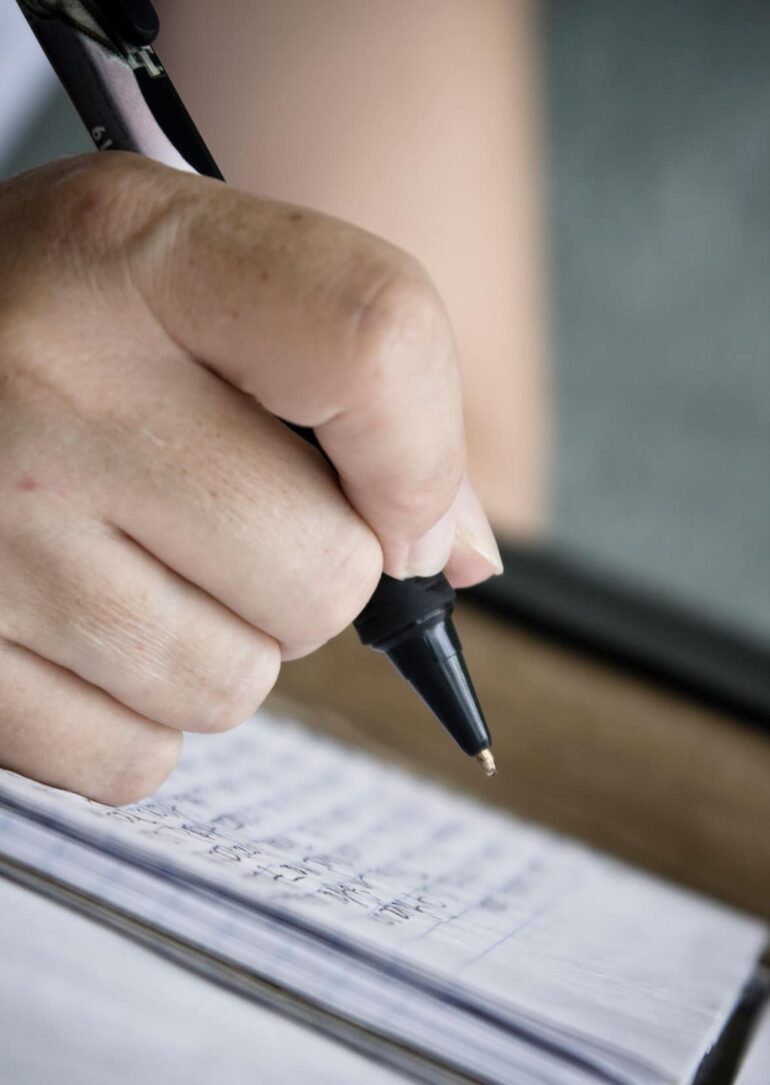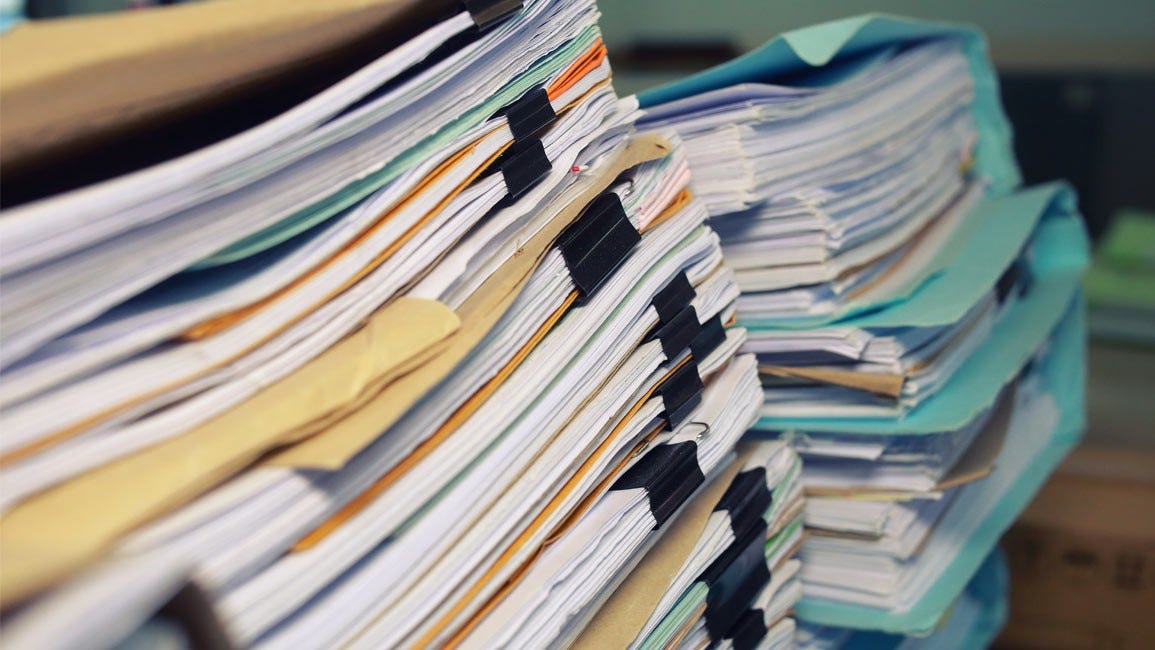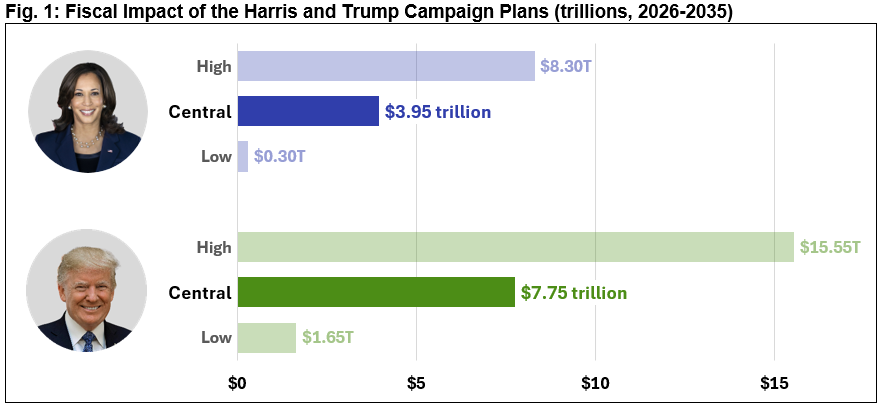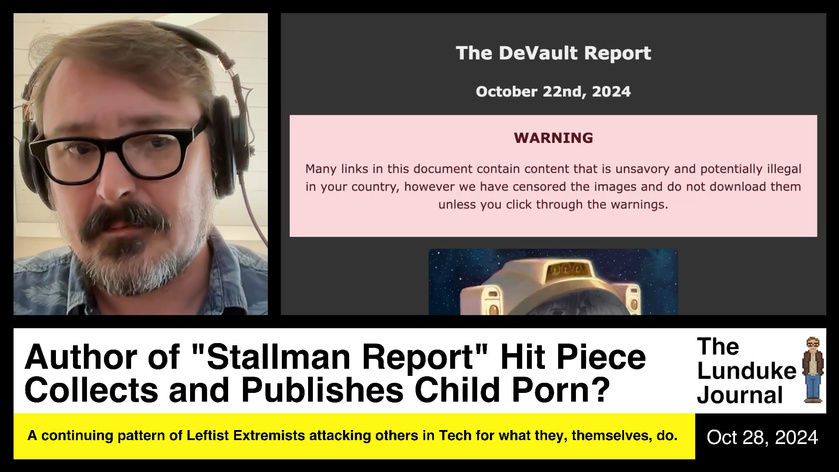
A return to hand-written notes by learning to read & write
We strive to create an environment conducive to many different types of research across many different time scales and levels of risk.
We present a model to convert photos of handwriting into a digital format that reproduces component pen strokes, without the need for specialized equipment.
Digital note-taking is gaining popularity, offering a durable, editable, and easily indexable way of storing notes in a vectorized form. However, a substantial gap remains between digital note-taking and traditional pen-and-paper note-taking, a practice still favored by a majority of people.
Bridging this gap by converting a note taker’s physical writing into a digital form is a process called derendering. The result is a sequence of strokes, or trajectories of a writing instrument like a pen or finger, recorded as points and stored digitally. This is also known as an “online” representation of writing, or “digital ink”.
The conversion to digital ink offers users who still prefer traditional handwritten notes access to their notes in a digital form. Instead of simply using optical character recognition (OCR), which would allow the writing to be transcribed to a text document, by capturing the handwritten documents as a collection of strokes, it's possible to reproduce them in a form that can be edited freely by hand in a way that is more natural. It allows the user to create documents with a realistic look that captures their handwriting style, rather than simply a collection of text. This representation allows the user to later inspect, modify or complete their handwritten notes, which gives their notes enhanced durability, seamless organization and integration with other digital content (images, text, links) or digital assistance.














/cdn.vox-cdn.com/uploads/chorus_asset/file/25362061/STK_414_AI_CHATBOT_R2_CVirginia_D.jpg)
/cdn.vox-cdn.com/uploads/chorus_asset/file/25640357/STK450_STK093_STK095_GOOGLE_EU_MICROSOFTB.jpg)





